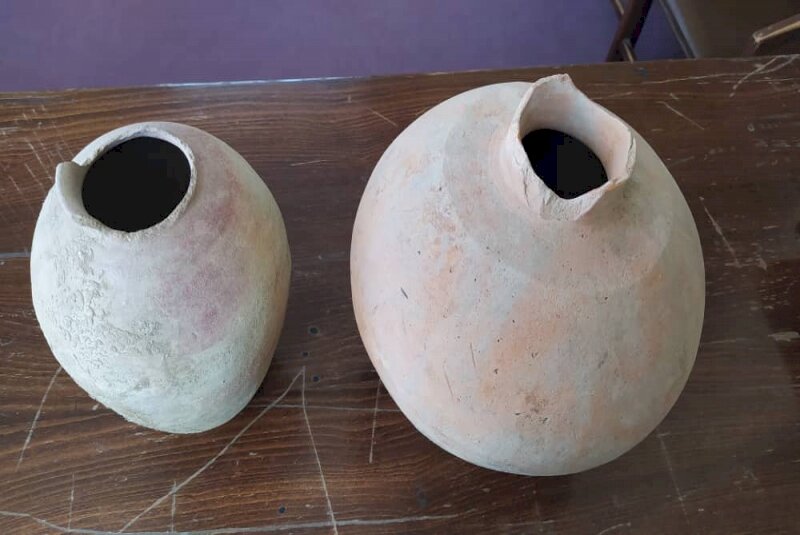Historical relics discovered in southern Iran

TEHRAN - A total of seven historical objects have recently been discovered in the cities of Kanuj and Jiroft, southern Kerman province, a senior police official in charge of protecting cultural heritage has announced.
The objects were discovered by two cultural heritage aficionados, who later delivered them to the province’s Cultural Heritage, Tourism and Handicrafts Department, CHTN quoted Seyyed Ali Hosseini as saying on Saturday.
These historical relics, which include earthenware jars, cups, bowls, and beads, dating back to different eras including the third millennium BC, and Islamic time, the official added.
Such discoveries prove the high antiquity of historical sites in Kerman, he noted.
Jiroft is one of the richest historical areas in the world, with ruins and artifacts dating back to the third millennium BC. Many Iranian and foreign experts see the findings in Jiroft as signs of civilization as great as Sumer and ancient Mesopotamia.
Big and sprawling Kerman province is something of a cultural melting pot, blending various regional cultures over time. It is also home to rich tourist spots and historical sites including bazaars, mosques, caravanserais, and ruins of ancient urban areas.
Kerman province is bounded by the provinces of Fars on the west, Yazd on the north, South Khorasan on the northeast, Sistan-Baluchestan on the east, and Hormozgan on the south. It includes the southern part of the central Iranian desert, the Dasht-e Lut.
ABU/AFM

Leave a Comment